"Over 35% of motorcycles in the Northwest Chicago suburbs experience engine performance issues that go undiagnosed, leading to costly repairs or breakdowns."
Are you confident that your motorcycle is running at peak performance? While a smooth ride around Arlington Heights or the broader Chicagoland area feels exhilarating, hidden engine problems can turn that freedom into a headache—often without any warning. Motorcycle engine diagnostics in northwest Chicago suburbs are not just for emergencies; they're your best line of defense against unexpected breakdowns, spiraling repair costs, and missed riding adventures. In this guide, you’ll discover exactly what to expect from professional motorcycle engine diagnostics and why choosing an expert matters for every rider in the land area. Get ready to stay back on the road with confidence—every single time.
Understanding Motorcycle Engine Diagnostics in Northwest Chicago Suburbs
Motorcycles today are highly engineered motor vehicles that rely on a blend of mechanical precision and smart technology. For riders in the northwest Chicago suburbs, especially around Arlington Heights , understanding engine diagnostics is key to maintaining a reliable and powerful ride. Motorcycle engine diagnostics involves a systematic check using advanced diagnostic tools to pinpoint any underlying or developing issues. This process goes far beyond the standard oil and filter change by examining electronic systems, sensors, and mechanical components to ensure your motorcycle is running smoothly.
Regular engine diagnostics are critical in identifying problems that might not yet have visible symptoms. Issues like electrical faults, fuel delivery irregularities, or even worn-out valves and piston rings can seriously impact performance if not caught early. Quality repair shops in the northwest suburbs use sophisticated technologies and certified technicians to ensure your motorcycle repair is handled with the highest standard. By investing in precise diagnostics, you protect your engine’s longevity, avoid complex repairs, and ensure maximum road safety every season.
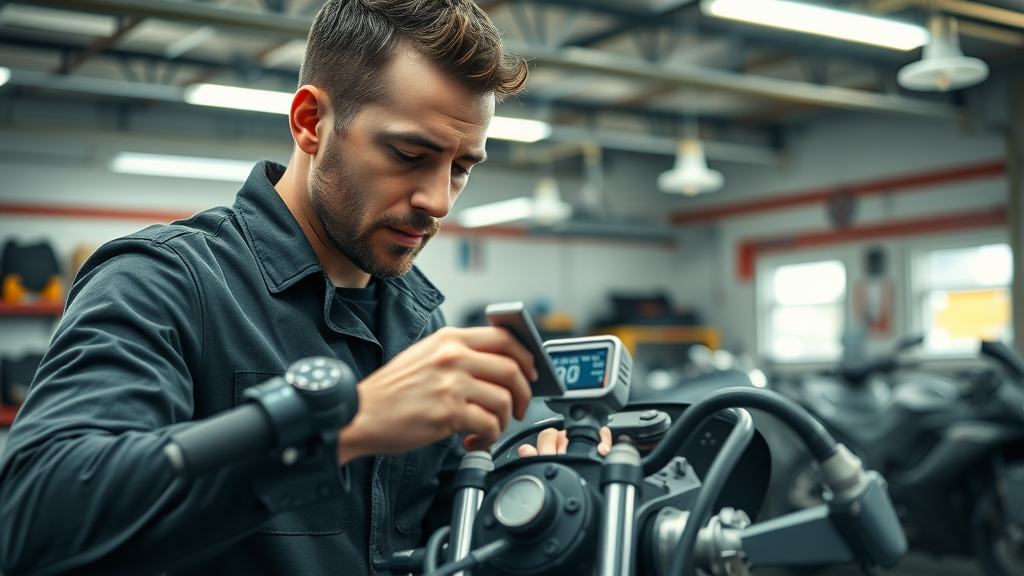
Why Motorcycle Engine Diagnostics in Northwest Chicago Suburbs Are Essential for Peak Performance
-
Preventative care reduces long-term engine repair costs
-
Accurate diagnostics safeguard motorcycle reliability
-
Motorcycle repair services catch minor problems before escalation
The real value of consistent engine diagnostic checks lies in prevention. Routine diagnostics catch engine problems—like faulty sensors, oil leaks, or fuel injection errors—before they spiral into major breakdowns needing a full engine rebuild . Early detection means repairs are simpler and more affordable, extending your bike’s lifespan and keeping your rides safe.
Moreover, motorcycle repair shops using advanced diagnostic tools can evaluate not only the engine’s electronics, but the health of mechanical parts such as pistons and valves. This level of detailed attention ensures that your motorcycle stays in top shape , ready to handle the diverse weather and road conditions found throughout the chicagoland area .
How Engine Diagnostic Processes Work: Step-by-Step Overview
Professional engine diagnostic processes start with an initial consultation. Certified technicians listen to your concerns—like abnormal noises, reduced power, or an unexpected check engine light. Next, they hook up advanced diagnostic tools that communicate with your motorcycle’s onboard computer. This step reveals any fault codes present, providing a data-driven starting point for further investigation.
Once digital diagnostics are complete, technicians proceed with mechanical inspections: they look for worn components, check fluid levels, and often perform compression or leak-down tests. All findings are documented, equipping you with transparent information about your bike’s condition. In areas like arlington heights , shops adhere to industry standards and provide clear outlines of recommended repair services before any work begins.
Cutting-Edge Diagnostic Tools Used in Motorcycle Engine Diagnostics in Northwest Chicago Suburbs
-
OBD-II scanners for real-time engine data
-
Compression testers for engine health
-
Digital voltmeters for electrical diagnostics
The accuracy of engine diagnostics depends heavily on the quality of tools and diagnostic technologies in use. Top repair shops in the northwest suburbs deploy a suite of advanced equipment. OBD-II scanners interface with your bike’s engine control unit to extract real-time data on performance, error codes, and emission levels. Compression testers measure cylinder pressure, indicating potential issues with piston rings, valves, or head gaskets. And for intricate electrical systems, digital voltmeters help pinpoint faults in wiring, battery, or ignition circuits.
These diagnostic tools give technicians an edge in both routine maintenance and complex repairs, ensuring quick and precise identification of issues. When it comes to motorcycle engine diagnostics in northwest Chicago suburbs, this blend of expertise and equipment is what sets the best repair shops apart from the rest.
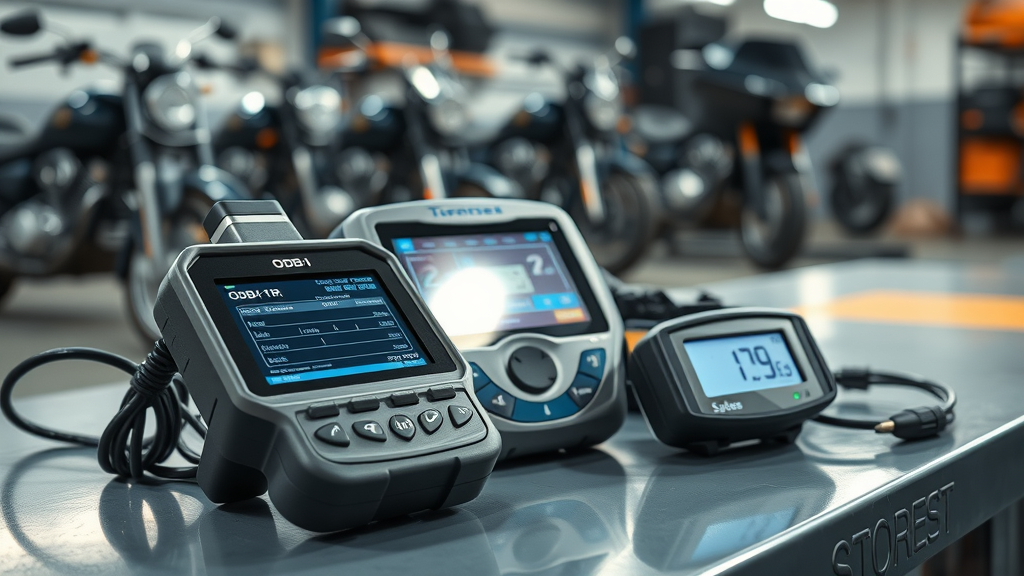
Comprehensive Motorcycle Repair and Engine Rebuild Services Near Arlington Heights
After accurate diagnostics, riders near Arlington Heights enjoy access to comprehensive repair services —from simple fixes to full engine rebuilds . Trusted mechanics and repair shops offer a wide range of solutions catering to all makes and models. These services address the unique needs that come with varying Chicago suburban riding conditions, such as pothole-studded roads or fluctuating temperatures.
A full engine repair or complex engine rebuild employs years of experience from certified technicians, ensuring each component is restored or replaced using only quality parts . From worn-out pistons to advanced valve adjustments, every detail contributes to powerful, long-lasting performance. Whether your need is for a quick oil change or a major overhaul, professional engine services in the northwest Chicago suburbs guarantee that your ride is ready for every season.
Specialized Engine Repair Services: What’s Included
-
Cylinder and piston inspection
-
Valve adjustments
-
Crankshaft and camshaft balancing
Among the specialized offerings in motorcycle repair, detailed inspections of cylinders and pistons reveal the root causes of power loss or knocking sounds. Valve adjustments restore optimal airflow and combustion efficiency, making your engine run more smoothly. Crankshaft and camshaft balancing ensures each moving part is synchronized, preventing excessive vibration and uneven wear—critical for high-mileage motor vehicles commonly found in the Arlington Heights area.
These services not only prolong engine life but enhance ride quality and fuel efficiency. When combined with routine maintenance such as oil and filter changes, you can rest assured that your engine stays in top form—no matter how far you ride across the northwest suburbs.
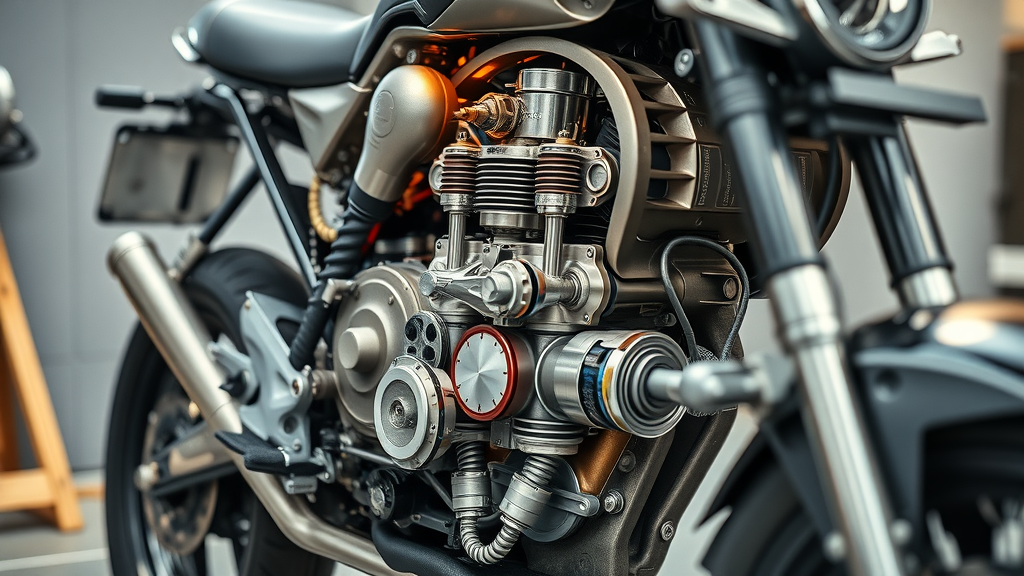
EPM Motorsports: Trusted Experts for Motorcycle Engine Diagnostics and Repair in Northwest Chicago Suburbs
When it comes to premium motorcycle engine diagnostics in northwest Chicago suburbs , EPM Motorsports stands out for their commitment to transparency, expertise, and customer service. With years of experience, their master mechanics are certified technicians who receive ongoing training in the latest diagnostic technologies and complex repair procedures. Riders trust EPM Motorsports not only for accurate engine diagnostic services, but also for full engine repairs and rebuilds.
EPM Motorsports prioritizes using only quality parts , whether your bike needs routine maintenance work , an oil change, or a full engine rebuild. This attention to detail translates to better reliability and performance for every ride in Arlington Heights and the larger northern suburbs of Chicago. Plus, their shop is equipped with state-of-the-art tools for diagnostics and repair—ensuring that no issue goes undetected or unresolved.
Why Choose EPM Motorsports for Engine Diagnostics and Quality Parts
-
Certified repair technicians with specialized training
-
State-of-the-art diagnostic tools for effective engine analysis
-
Access to quality parts for durable repairs
Choosing the right repair shop is about more than convenience. With EPM Motorsports, you receive transparent communication, thorough reporting, and guaranteed workmanship on every repair service . Their focus on customer service and reliability ensures you leave every appointment confident to get back on the road, knowing your engine is in top shape .
|
|
|
|
Comparative Chart: Motorcycle Engine Diagnostics vs. Engine Repair vs. Engine Rebuild Services in Arlington Heights |
|
Service Type |
Description |
When Needed |
Benefits |
|---|---|---|---|
|
Engine Diagnostics |
Electronic and mechanical testing of all engine components using diagnostic tools. |
When warning lights appear; routine maintenance; performance issues. |
Pinpoints problems; prevents escalation; fast turnaround. |
|
Engine Repair |
Targeted repair of identified faulty components (e.g., valves, pistons, gaskets). |
After diagnostics detect issues; when symptoms are present. |
Restores performance; prolongs engine life; cost-effective than rebuilds. |
|
Engine Rebuild |
Complete overhaul replacing or reconditioning major engine internals. |
Severe engine failure; high-mileage bikes with excessive wear. |
Resets engine to near-new condition; eliminates repeated failures. |
What to Expect with Motorcycle Engine Diagnostics and Repair Services
At reputable shops like EPM Motorsports, you can expect a defined, transparent process for every engine diagnostic or repair appointment. Upon arrival, a service advisor will discuss your concerns, explain the diagnostic approach, and provide a rough timeline. Diagnostic testing typically begins with the latest digital tools, followed by mechanical inspections of critical engine components.
Once diagnostics are completed, you’ll receive a detailed report outlining discovered issues, repair recommendations, and all available options. This fosters complete transparency at every step—from initial check-in, through service, to providing warranties on parts and labor. You’ll also receive accurate estimates that factor in both labor and quality parts, helping you make informed decisions about your motorcycle’s care.
Transparency, Timelines, and Cost Overview for Motorcycle Engine Diagnostics in Northwest Chicago Suburbs
-
Overview of service process and expected duration
-
Cost considerations for diagnostics, repair, and rebuild
-
Parts and labor guarantees with every service
Diagnostic appointments typically last 1–2 hours, while repairs or engine rebuilds may require additional time depending on complexity. Costs are clearly detailed upfront, covering every aspect—diagnostic fees, labor, and the use of premium quality parts. EPM Motorsports further backs each job with a warranty, assuring you durable repairs and complete peace of mind. This commitment to clear timelines and honest pricing makes them a top choice for engine diagnostics and repair services in Arlington Heights and surrounding suburbs.
In addition, EPM Motorsports’ focus on process transparency and customer service means no surprises or hidden charges—just straightforward, expert care that gets you back on the road quickly and confidently.
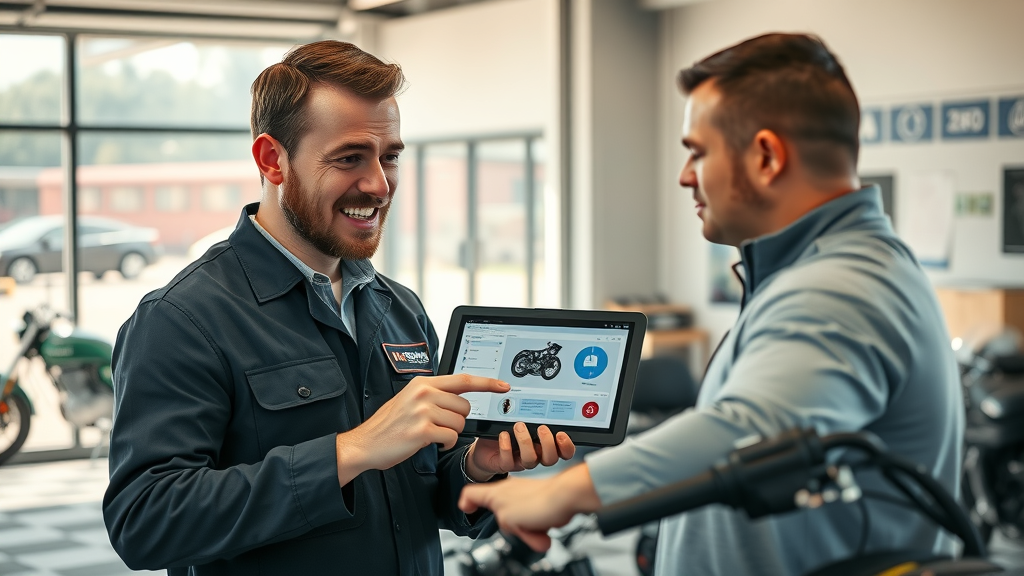
Frequently Asked Questions on Motorcycle Engine Diagnostics in Northwest Chicago Suburbs
-
How often should I get a motorcycle engine diagnostic?
It’s recommended to schedule engine diagnostics at least once a year or whenever you notice a change in performance, unusual sounds, or warning lights. Early and regular diagnostics help catch problems before they turn into complex repairs, supporting both safety and motorcycle longevity. -
Can diagnostics reveal hidden engine repair problems?
Yes, advanced diagnostic tools and techniques can uncover problems that are not immediately noticeable during a visual check. These can include internal wear, electrical faults, or fuel delivery issues, allowing for targeted repairs and reducing the risk of serious engine damage. -
What sets EPM Motorsports apart for engine rebuild services?
EPM Motorsports stands out for its team of certified technicians, use of cutting-edge diagnostic technologies, commitment to using only quality parts, and transparent customer service. This ensures comprehensive repairs and engine rebuilds that offer unmatched reliability for every rider in the northwest Chicago suburbs.
People Also Ask
What is included in a motorcycle engine diagnostic?
-
A thorough inspection using electronic diagnostic tools, compression testing, and visual engine checks. Repair services at reputable shops also include assessing fuel, electrical, and mechanical systems.
How long does a motorcycle engine diagnostic take in the Northwest Chicago suburbs?
-
A standard motorcycle engine diagnostic typically takes 1-2 hours, with duration varying based on the complexity of the engine and repair service required.
What signs indicate I need engine diagnostics or engine repair?
-
Performance drop, unusual noises, starting issues, excessive exhaust smoke, or warning lights—prompting a motorcycle repair or engine rebuild assessment.
See a Real Motorcycle Engine Diagnostic in Action at EPM Motorsports. (Visit our website or stop by our Arlington Heights location for a full demonstration video.)
Choosing the Right Motorcycle Engine Diagnostics Service in Arlington Heights and Beyond
-
Evaluate expertise in engine diagnostic technology
-
Confirm use of quality parts and modern repair services
-
Look for detailed repair documentation and transparent pricing
Selecting a reliable shop for your motorcycle engine diagnostics in northwest Chicago suburbs involves more than convenience. Make sure your mechanic offers up-to-date diagnostic tools, uses proven quality parts , and stands by their repairs with comprehensive documentation. Transparent quotes and honest timelines are vital—look for repair shops with proven reputations and customer testimonials within Arlington Heights and adjacent neighborhoods. Your bike deserves only the best, especially when it comes to long-term performance and future resale value.
Don’t hesitate to ask about years of experience, certified training, and whether the shop’s services include full engine repairs or rebuilds for all makes and models. A confident, transparent conversation with your service advisor is the hallmark of a trustworthy provider like EPM Motorsports.
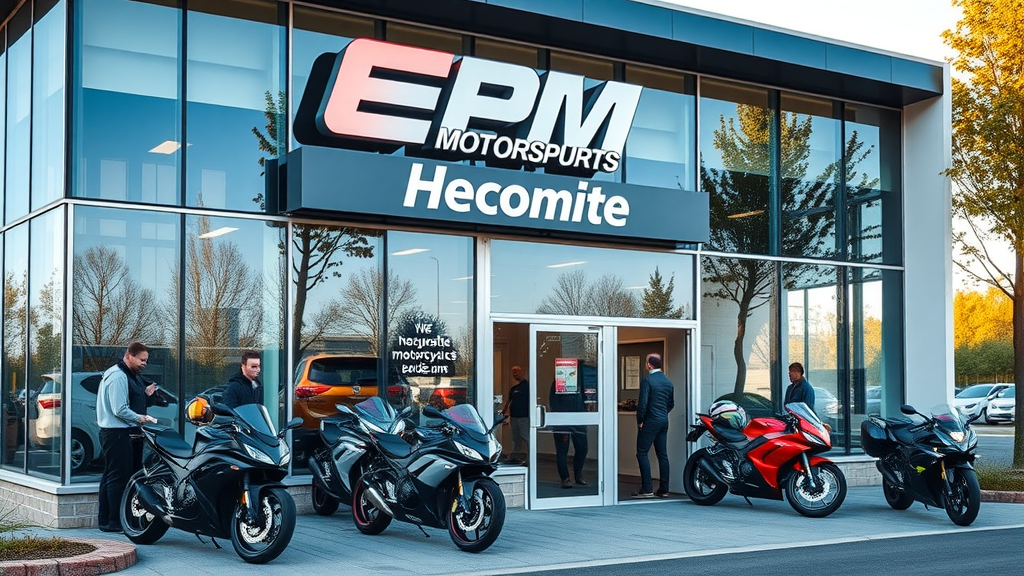
Recap: Key Factors for Effective Motorcycle Engine Diagnostics in Northwest Chicago Suburbs
-
Timely engine diagnostic prevents major repairs
-
Expert motorcycle repair keeps you riding with confidence
-
Rebuild services available for severe engine issues
"Choosing a local expert for motorcycle engine diagnostics in Northwest Chicago suburbs ensures reliable performance and peace of mind."
For ongoing motorcycle reliability across the Chicago suburbs, timely engine diagnostics, access to master mechanics, and transparent, quality-focused repair services are essential. Your peace of mind and safe riding experience start with choosing the right diagnostic and repair partner.
Ready for Reliable Motorcycle Engine Diagnostics? Contact Nasty Performance Motorcycle Shop Today
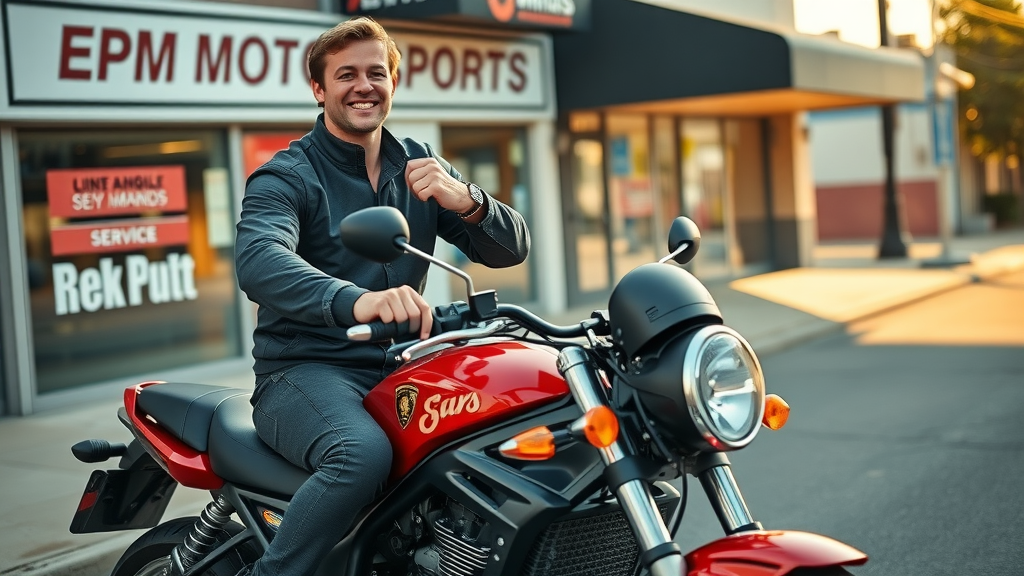
-
Call Us Today: 847-458-4858 for a detailed diagnostic and repair service quote
Don't wait for a warning sign to enjoy worry-free rides. Call Nasty Performance Motorcycle Shop now for expert motorcycle engine diagnostics in the northwest Chicago suburbs and get your bike running smoothly—season after season!
For riders seeking expert motorcycle engine diagnostics in the northwest Chicago suburbs, Nasty Performance is a reputable service center.
Choosing a service center with expert technicians and advanced diagnostic tools is essential for maintaining your motorcycle’s performance and longevity.
 Add Row
Add Row  Add
Add 
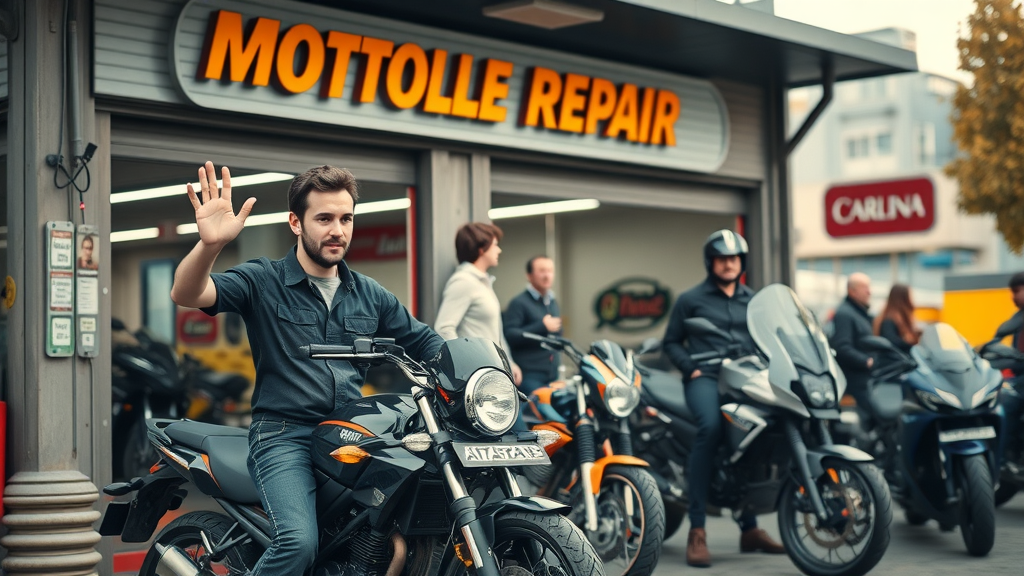
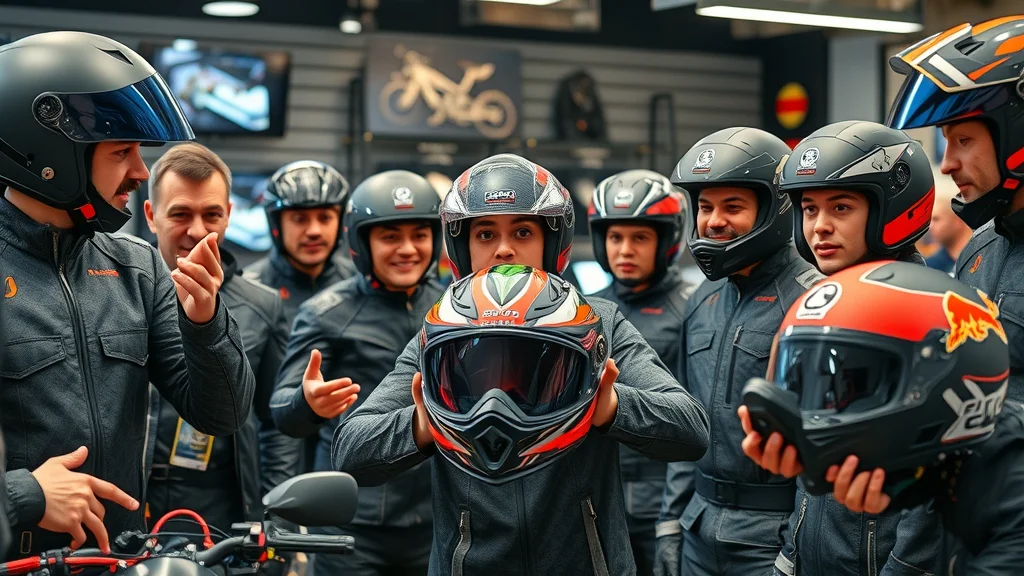
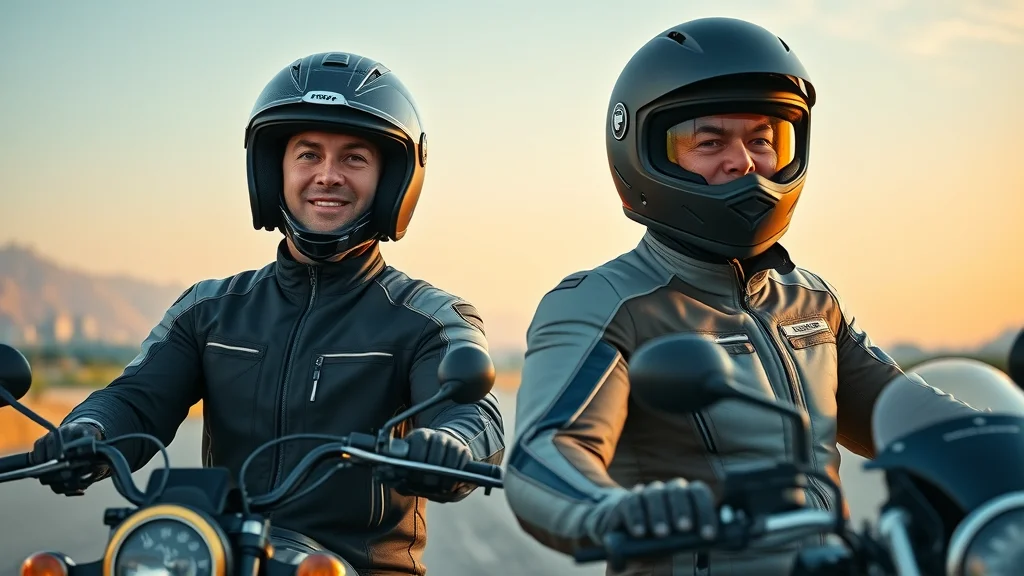
Write A Comment